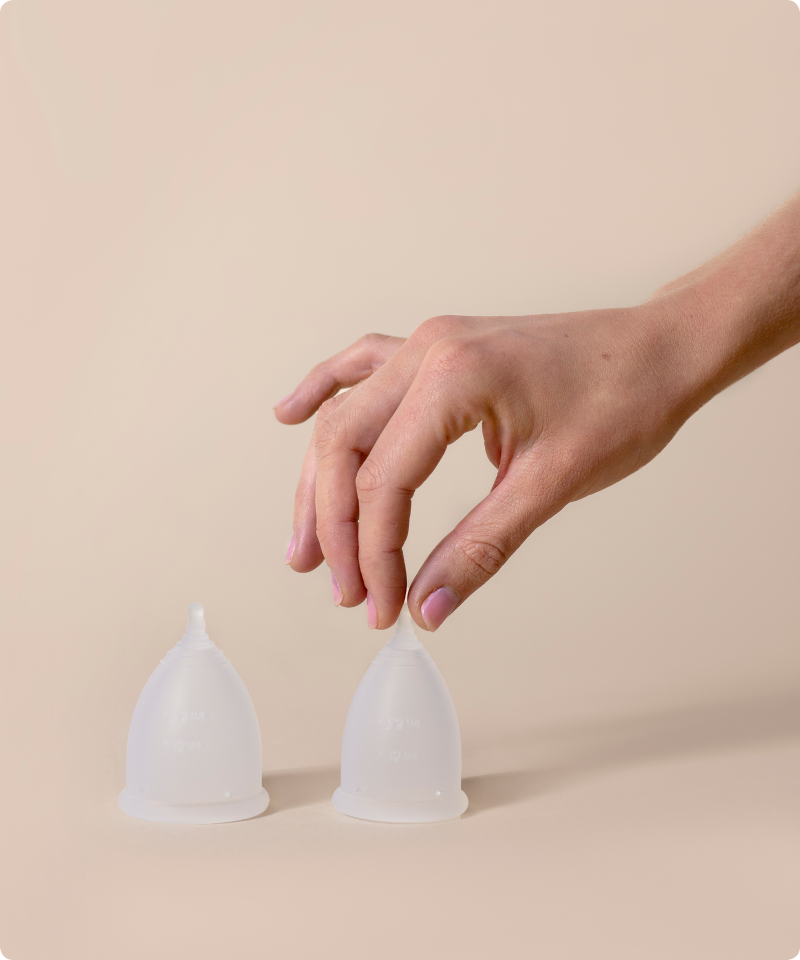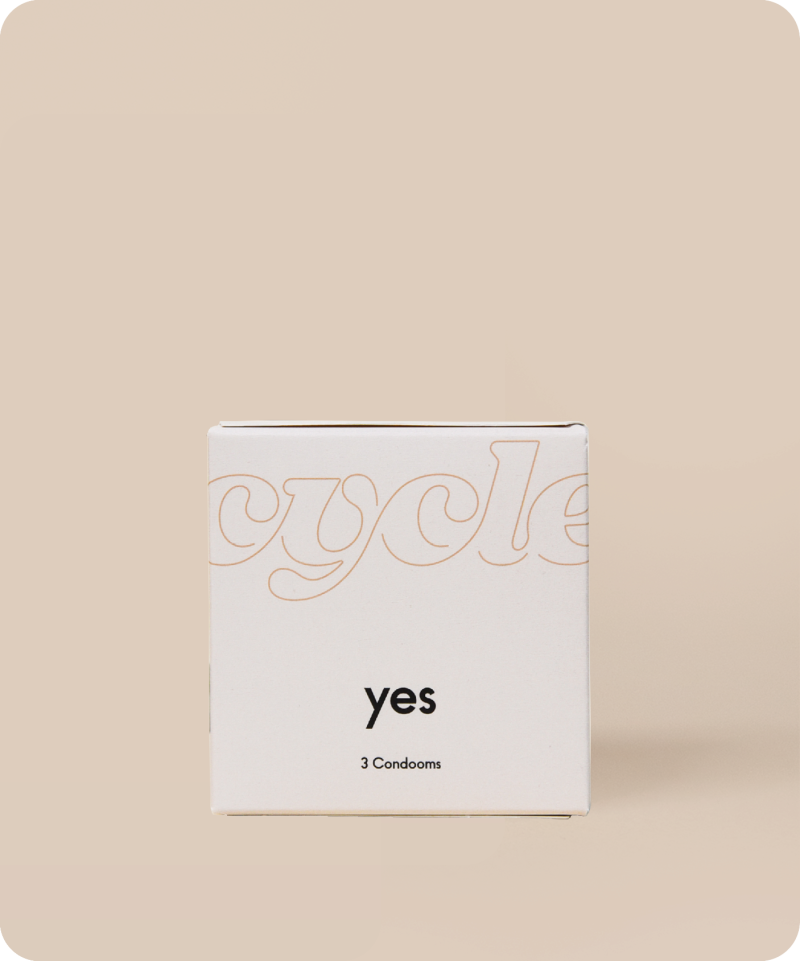Toxic shock syndrome
More importantly - how do you prevent this disease?
Don’t be alarmed; as you might know - it’s a very rare disease! Toxic Shock Syndrome, frequently shortened to TSS, is a disease that can happen to anyone. While tampons can be the cause, 25% of all cases of TSS occur in men, which means that it has nothing to do with menstruation. Women+ who wear a tampon for a long time appear to have the highest risk of contracting it, which is why TSS is occasionally called the tampon disease. But, research has shown that women who use a menstruation cup can also get Toxic Shock Syndrome. A lot of air is released when the menstruation cup is inserted, which gives the staphylococcus aureus bacteria the chance to nestle in. However, bacteria has a harder time adhering to the material of a menstruation cup than to the cotton of a tampon. Do you use a menstruation cup? Then it’s advisable to thoroughly disinfect it prior to use. The better you clean your cup, the smaller the risk of unwanted bacteria in your vagina.
Small but mighty
TSS can happen both with jumbo tampons and the mini-variant, though the risk increases significantly when you use a tampon that has a high level of absorption. That’s why you should always go for a tampon with an absorption level that suits your blood loss at that moment. This’ll fill up your tampon quicker, so you’ll change it more often, which prevents the growth of bacteria. There are other things that you can do to limit the risk of TSS. We recommend that you always wash your hands before you insert a tampon, and to wait to take the wrapper off of your tampon until you’re ready to insert it. Once the wrapper has been taken off of the tampon, it can be infected with bacteria which can then cause infections. Never use a tampon when you’re awaiting your period, and certainly don’t use one for your discharge in between periods. Regularly change your tampon, every two to four hours. Never use a tampon for more than eight hours.
Symptoms
If you feel unwell during your menstruation, take note of it. These are the symptoms of Toxic Shock Syndrome:
A sudden high fever
Diarrhea
Throwing up
Feverish symptoms
Red eyes, lips, and tongue
A rash that looks like a sunburn
There are two bacteria that play a part in the development of Toxic Shock Syndrome: staphylococcus aureus and streptococcus pyogenes.
The staphylococcus aureus bacteria is generally harmless, and occurs in lots of people on the skin and around the mucous membranes such as; eyes, nose, pharynx, sinuses, respiratory system (trachea and lungs), digestive system (intestines and stomach), excretory system (bladder and ureter) and reproductive system (vagina and uterus). In some cases, the bacteria can cause infections such as impetigo, acne, pneumonia, joint inflammation and blood poisoning. When these bacteria penetrate (even) deeper into the body, the bacteria can release toxins that can damage tissue and organs. If you keep a tampon in for a long time, the bacteria can produce toxins. TSS occurs when these toxins enter into your bloodstream.
The bacteria streptococcus pyogenes is also carried by a lot of people, and is generally harmless. In some cases it can cause puerperal fever, erysipelas or impetigo. Once the bacteria ends up in a wound, TSS can occur. Do you have any cuts on your fingers? Be aware of them when inserting a tampon. In the worst case, small wounds on your fingers can cause the spread of dangerous bacteria down there.
Diagnosis
The Toxic Shock Syndrome is an infection that can get very bad in a short amount of time, and that can even be deadly (in 5% of all cases) if not treated on time. Organs can be affected or shut down (multi organ failure) within a few days after contracting it. Thankfully, TSS can easily be treated with antibiotics, as long as you don’t wait too long to take them. In order to get rid of the breeding ground of the bacteria, the tampon has to be removed immediately. In most cases, patients with the tampon disease are hospitalized, since the doctor can monitor the infection values in the blood, and the antibiotics can be administered by a drip. People who’ve already had TSS before, have a higher risk of getting it again. For this group, it’s advised that they use pads instead.
If you suspect that you have Toxic Shock Syndrome, you should seek medical attention as quickly as possible. Are you still wearing your tampon? Remove it immediately. In the case that you do have TSS, you’ll need an antibiotic treatment at once.

























